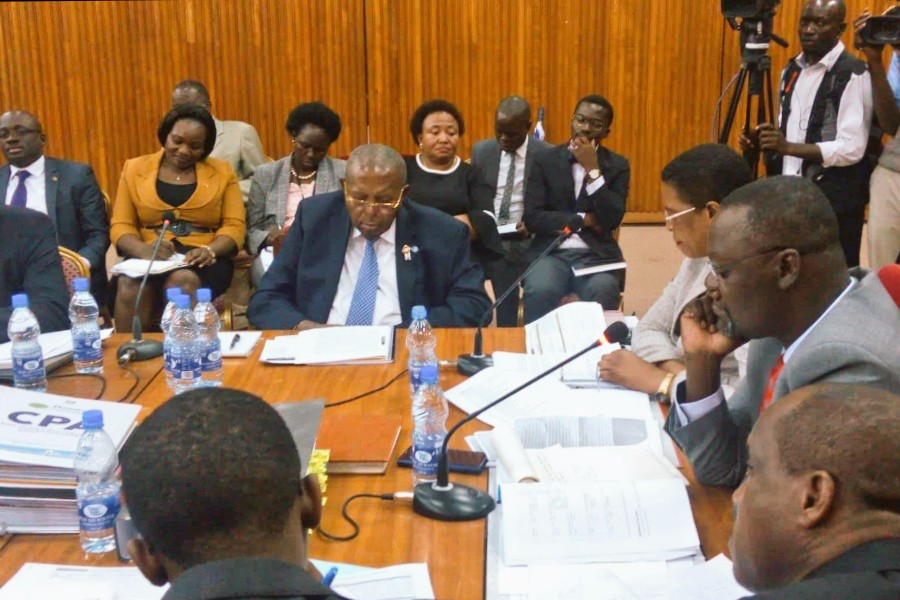Officials of the Central Bank have been instructed by the COSASE committe of Parliament to avail the general ledger containing income status details of Crane Bank for the year 2016.
The officials led by Bank of Uganda Governor, Tumusiime Mutebile on Wednesday interfaced with the committee to respond to questions relating to the sale of Crane Bank, which was the third largest commerical bank.
COSASE Chairperson, MP Abdul Katuntu tasked the officials to provide a figure of how much capital Crane Bank was short of that prompted it’s eventual sale. In response, Benedict Ssekabira, the director Financial Markets Development at BOU revealed that the distressed bank was undercapitalized by Shs 157 billion.
“The bank needed Shs 157bn to take it back to the required levels of capitalization,” Sekabira said, adding that there were other factors that necessitated the sale beyond undercapitalization.
According to Ssekabira, the Management of Crane Bank was given timelines under which the bank would be recapitalized but it couldn’t meet them. He said that the bank was required to avail Shs 32bn by September 2017 but only Shs 27bn was raised.
On scrutiny of the inventory report provided by BOU, the Mbarara Municipality MP, Michael Tusiime observed that there were inconsistencies in the accumulated losses and retained earnings for the period (January to October 2016) under review.
“For us to appreciate these figures, we shall need you to provide the income statement or the statement of affairs for the year under review so we can make an analysis,” he said.
However, Katimbo Mugwanya, a former director at BoU who was appointed Statutory Manager for the sale of Crane Bank said that the details demanded by MP Tusiime are contained in the general ledger which he said is very huge and could fill up the room.
“The general ledger is very huge. It has all the daily transactions of Crane Bank including customer details. It can fill up this room,” Mugwanya said.
However, members including MP Medard Ssegona insisted that the information in the general ledger was crucial for the committee to make progress. Later, the Governor, Mutebile agreed to provide the soft copy of the said ledger.
A general ledger contains all the accounts for recording transactions relating to a company’s assets, liabilities, owners’ equity, revenue, and expenses. It works as a central repository for accounting data transferred from all subledgers or modules like accounts payable, accounts receivable, cash management, fixed assets, purchasing and projects.
The question of what the Central Bank’s first obligation to distressed Crane Bank was also came out prominently during Wednesday’s hearing. BOU officials were tasked to explain why they opted to liquidate the third largest bank and not to recapitalize it as one of the mandates of the Central Bank requires.
Aruu county MP, Odonga Otto wondered why Bank of Uganda failed to adjust its timelines in order to bail out an indigenous bank. He as well questioned the rationale by BOU to spend Shs 478bn to solve a problem that only required Shs 157bn.
But in his explanation to the committee, Ssekabira insisted that there were several other challenges that Crane Bank was struggling with which informed BOU’s decision.
It also emerged that DFCU (which took over Crane Bank) had submitted a bid a day before the Crane Bank inventory report was produced, pointing to insider information and in violation of the Non Disclosure Act.







